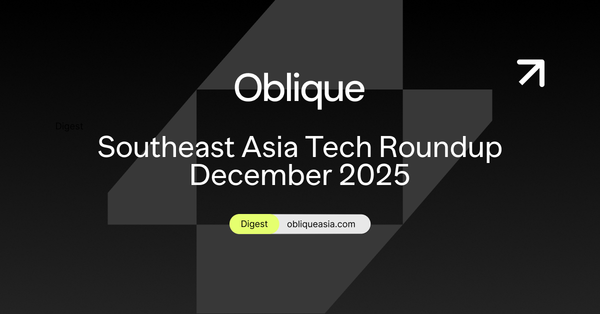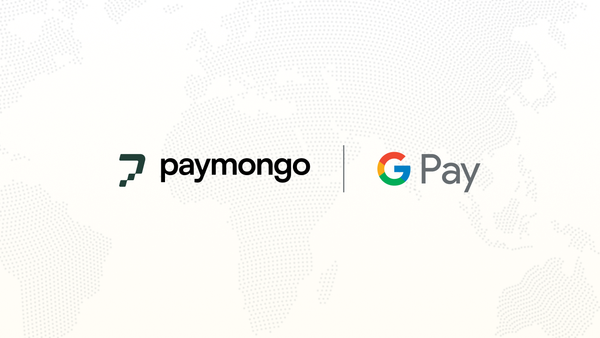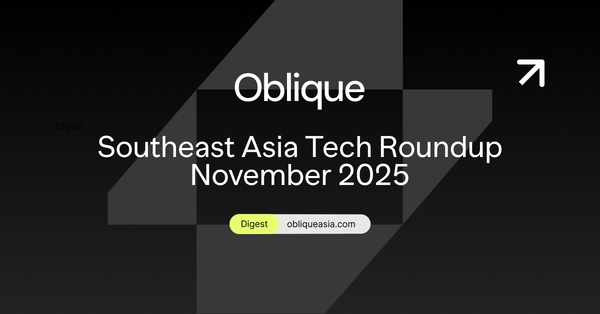Cross-Border Payments and QR Interoperability: Southeast Asia’s Quiet Revolution
Southeast Asia is building the world’s most advanced cross-border payment network—using QR codes. Real-time, local-currency settlement is already live across 5 countries, quietly redefining how money moves in the region.

While the West debates stablecoins and open banking regulation, Southeast Asia is quietly executing a different kind of financial revolution: a real-time, cross-border payment network built on QR codes.
Five ASEAN countries—Indonesia, Singapore, Malaysia, Thailand, and the Philippines—have implemented interoperable QR payment systems. The result? A tourist from Jakarta can scan a Thai QR code in Bangkok and pay instantly in rupiah. No need for currency exchange. No international card fees. No middlemen.
This is not a pilot. It’s live. And it’s growing.
QR Across Borders: The 5-Country Implementation
The ASEAN QR framework is one of the boldest regional interoperability projects ever launched. It connects five domestic QR payment systems:
- QRIS (Indonesia)
- PromptPay (Thailand)
- DuitNow (Malaysia)
- PayNow (Singapore)
- QR Ph (Philippines)
These systems now work together, allowing travelers and small merchants to transact instantly across borders—each using their local payment app and currency.
Examples in the wild:
- Indonesians used Thai QR codes to make over 14,000 transactions worth Rp8.5 billion
- Singaporeans can now scan Thai or Malaysian merchant QRs using PayNow
- Pilots between Philippines and Singapore are underway as of 2025
Local Currency Settlement: No USD Required
The magic isn’t just in scanning a foreign QR—it’s in settling transactions in local currencies with real-time conversion. When someone from Kuala Lumpur pays a Bangkok merchant, they’re charged in ringgit, while the merchant receives baht—instantly.
This reduces:
- Friction in merchant onboarding (no need to support foreign currency)
- FX spread and transaction costs (by ~30%)
- Dependency on USD-based intermediation for intra-ASEAN flows
In essence, this model allows ASEAN countries to trade with each other using their own currencies, at real-time speed.
Under the Hood: A Modular Architecture
Each country maintains its domestic payment system, with integration happening via bilateral or multilateral links. These include:
- Real-time FX engines
- Settlement hubs that translate between national standards
- Standardized QR formats (per EMVCo / ASEAN agreements)
This modularity is key: it allows countries to retain sovereignty over their local rails while still opting into regional interoperability. Unlike card networks or SWIFT, these QR integrations are public-sector enabled and domestically controlled.
Country Spotlights
🇮🇩 Indonesia ⇄ Thailand
The Indonesia–Thailand corridor is the most mature. Indonesian tourists use their own apps (like GoPay or OVO) to scan Thai PromptPay QRs and pay directly in rupiah. The corridor has seen 14,555 transactions in early rollout alone, signaling real usage beyond just pilot tests.
🇸🇬 Singapore ⇄ Malaysia
This corridor enables DuitNow–PayNow linkage, letting Singaporeans pay at Malaysian merchants (and vice versa) via QR scan. It's a model for seamless cross-border commerce, especially in border cities like Johor Bahru.
🇵🇭 Philippines ⇄ Singapore
The Philippines joined the network most recently, with QR Ph now connected to Singapore’s PayNow. The BSP’s lightweight, opt-in approach to open banking complements these bilateral integrations, especially for OFWs and tourism corridors.
Final Takeaway:
Southeast Asia is showing the world that financial interoperability doesn't require a single currency, card monopoly, or Big Tech stack. It just needs APIs, cooperation—and the humble QR code.





